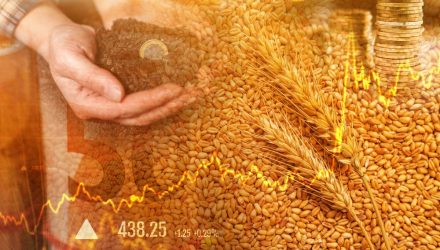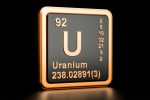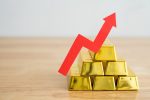Volatility during the month of September could pave the way for defensive portfolio moves, which include getting commodities exposure. Also, it’s historically been a sound strategy, according to data from S&P.
In particular, the performance of the S&P GSCI the past 50 years has shown that during times of heavy inflation, getting commodities exposure has been a defensively sound move.
“There have each been three periods where sustained monetary policy was either restrictive or accommodative, covering 50 of the 53 years since 1970,” the S&P blog noted, mentioning that in “over two-thirds of the sample, average annualized returns were over 10.5%. This covers the inflationary bouts of the 1970’s, the commodity super cycle of the 2000’s and one particularly short and abysmal year in 2018/2019.”
In today’s market, inflation is proving to be a lot more sticky and stubborn than initially anticipated at the start of the year. With high hopes heading into 2023, the market rally has been losing its steam heading into the fourth and final quarter of the year.
As such, it may be an opportune time to get commodities exposure even if the Fed does eventually start loosening its monetary policy. Until then, there could be more volatility ahead as investors expect more rate hikes to come.
“Looking at the history of the S&P GSCI, when the Fed gets defensive, commodities have tended to be a good offense,” the S&P blog said further, adding that commodity performance has been erratic lately, but that the “S&P GSCI achieved a 22% return in 2022, outpacing all asset classes” and if “the Fed remain restrictive, historical commodity returns have proven to be a solid defensive strategy.”
Consider Critical Minerals for Commodities Exposure
While there are various commodities investors can consider to get defensive, one consideration is critical minerals. Investors can also get an added growth component as the world transitions to heavier reliance on clean energy sources.
“That commodity supercycle is being driven by not the bulk commodities that we saw in the 2000s, but energy transition-related commodities, because energy transition, if the world’s serious about doing it, is incredibly raw material intensive,” said John Ciampaglia, CEO of Sprott Asset Management. “We believe if the secular decarbonization of economies theme continues to play out over the next 20-30 years, the demand side story is likely to be very robust for critical minerals including uranium to battery metals to copper.”
Given this, one fund to consider is the Sprott Energy Transition Materials ETF (SETM). SETM seeks to provide results that correspond to the total return performance of the Nasdaq Sprott Energy Transition Materials Index. That index essentially tracks the performance of a selection of global securities in the energy transition materials industry.
The demand for overall critical minerals is projected to rise. With it, the demand for miners who materially affect the global supply will also increase. Given this, SETM provides investors access to the miners who produce uranium, lithium, copper, nickel, silver, manganese, cobalt, graphite, and rare earth elements.
For more news, information, and analysis, visit the Gold/Silver/Critical Materials Channel.








